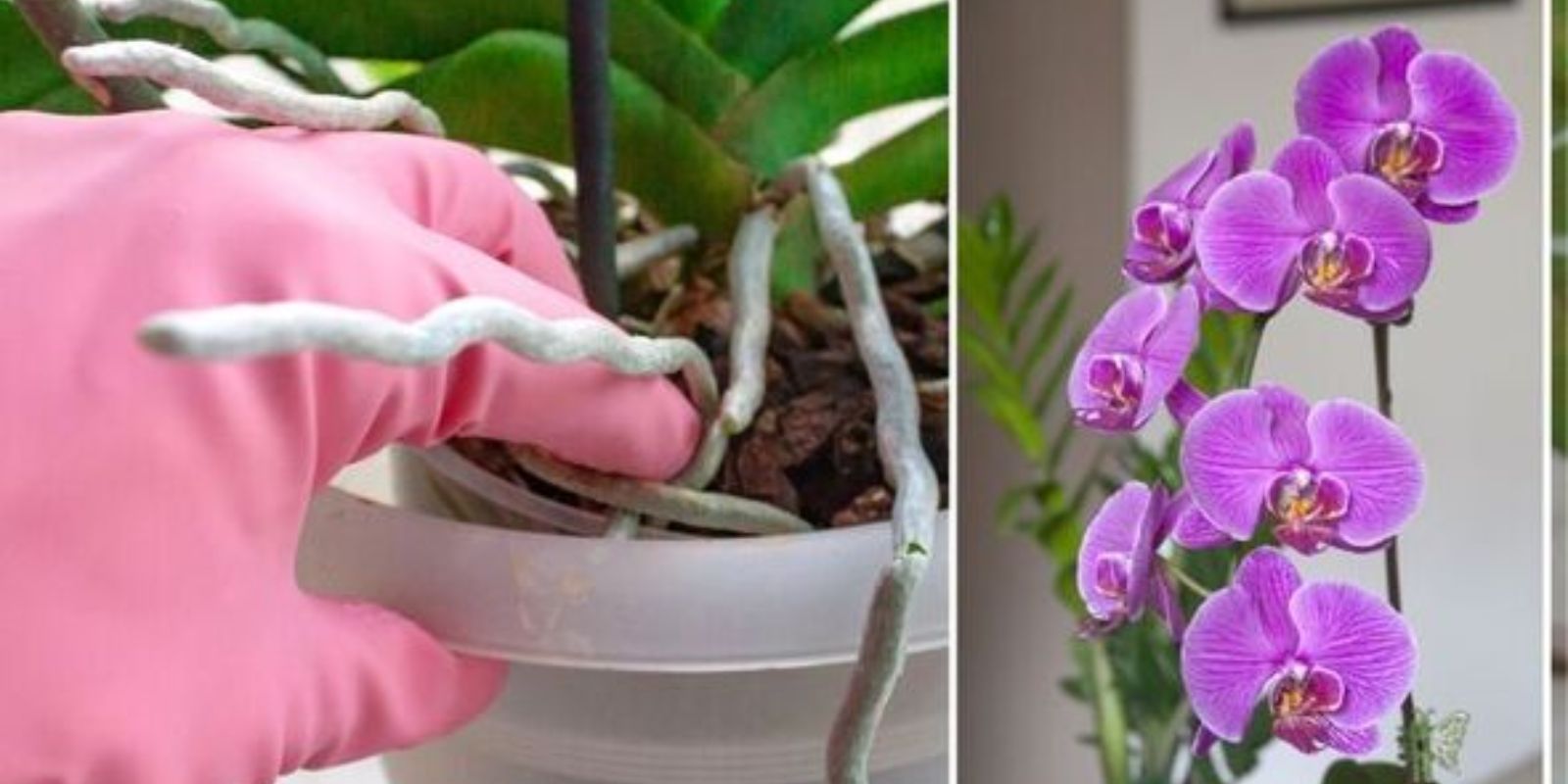Introduction
Orchids are among the most intriguing and beautiful plants you can grow, yet they are often shrouded in myths and misconceptions. These myths can mislead both novice and seasoned orchid enthusiasts, leading to confusion and potentially poor care practices. Understanding the truth behind these common myths is crucial for anyone looking to successfully cultivate orchids and enjoy their stunning blooms. In this article, we will debunk five prevalent orchid myths, providing you with the facts you need to become a more informed and effective orchid grower.
Myth 1: Orchids Need Constant High Humidity
One of the most persistent myths about orchids is that they require constant high humidity to thrive. While it is true that many orchids come from tropical environments where high humidity is common, this does not mean that you need to maintain excessive humidity levels in your home.
- The Truth About Humidity: Most orchids, including popular varieties like Phalaenopsis and Cymbidium, adapt well to average household humidity levels. They generally thrive in humidity levels between 40-60%, which can be easily maintained in most homes.
- Managing Humidity: To ensure your orchids are comfortable, consider placing a humidity tray or using a room humidifier if your home is particularly dry. However, excessive humidity can also lead to problems such as fungal infections and root rot.
- Practical Tips: If you’re growing orchids in a typical home environment, focus on other aspects of care like proper watering and light, rather than stressing over achieving high humidity levels.
Myth 2: Orchids Only Bloom Once a Year
Another widespread myth is that orchids only bloom once a year. This misconception can lead to disappointment if you expect your orchid to flower continuously without realizing that multiple blooming cycles are possible with proper care.
- Understanding Orchid Blooming Cycles: Many orchid varieties, such as Phalaenopsis, can bloom multiple times a year if conditions are favorable. Some orchids have specific bloom cycles, while others, like Oncidium or Cattleya, can produce flowers several times throughout the year.
- Encouraging Re-Blooming: To encourage your orchid to bloom again, ensure it receives the right amount of light, temperature changes, and proper watering. For some orchids, a rest period after blooming can help them prepare for their next flowering cycle.
- Practical Advice: Be patient and maintain good care practices, as orchids often have their own natural cycles and can surprise you with their blooming frequency.
Myth 3: Orchids Need Special Orchid Potting Mix
It’s a common belief that orchids require a specialized, expensive potting mix to grow well. While orchids do need a well-draining growing medium, this does not mean you need to spend a fortune on commercial “orchid mix.”
- The Truth About Potting Mixes: Orchid potting mixes are designed to provide excellent drainage and aeration. Common ingredients include bark, perlite, and sphagnum moss. However, you can create an effective potting mix at home using these materials.
- DIY Potting Mix: For a basic orchid mix, combine pine bark, perlite, and some sphagnum moss. Adjust the proportions based on the specific needs of your orchid species.
- Practical Tips: Avoid using standard potting soil, as it retains too much moisture and can lead to root rot. A well-draining mix is crucial for healthy orchids.
Myth 4: You Should Water Orchids Every Day
The idea that orchids need daily watering is a common misconception that can lead to overwatering and root rot. In reality, orchids have specific watering needs that vary depending on their environment and species.
- The Truth About Watering: Most orchids prefer their potting mix to dry out slightly between waterings. Overwatering is a frequent cause of problems, as it can suffocate the roots and promote fungal growth.
- Proper Watering Practices: Check the top inch of the potting mix; if it feels dry, it’s time to water. Adjust your watering schedule based on the orchid’s environment, such as temperature, humidity, and light levels.
- Practical Tips: Water your orchid thoroughly, allowing excess water to drain out of the pot. Ensure that the potting mix is moist but not soggy.
Myth 5: Orchids Are Too Difficult to Grow
Many people believe that orchids are too challenging to grow, but this myth often stems from misunderstandings about their care requirements. With the right information and practices, orchids can be relatively easy to grow and maintain.
- The Truth About Orchid Care: Orchids do require specific conditions, but they are not inherently difficult to grow. By understanding their needs and providing appropriate care, most people can successfully cultivate orchids.
- Basic Care Guidelines: Focus on providing adequate light, maintaining proper humidity and temperature, and following correct watering practices. Regularly check for pests and diseases, and adjust care based on the specific needs of your orchid species.
- Practical Advice: Start with hardy and easy-to-care-for orchid varieties like Phalaenopsis or Oncidium. As you gain experience, you can explore more challenging species.
Conclusion
Debunking these common orchid myths can transform your approach to growing these beautiful plants. By understanding the real needs of orchids—such as their true humidity requirements, blooming cycles, potting mix preferences, and watering practices—you can avoid common pitfalls and ensure a thriving orchid collection.
Embrace these truths to provide better care for your orchids and enjoy their captivating blooms. With informed care and a little patience, you can overcome the challenges and unlock the full potential of your orchid-growing experience. Start applying these insights today and watch your orchids flourish like never before!

